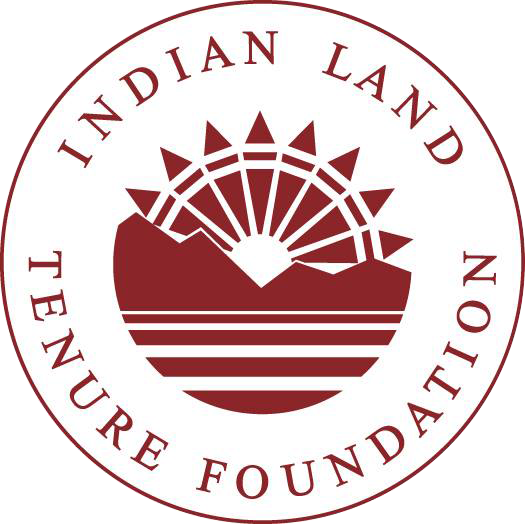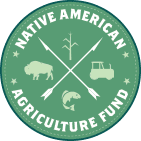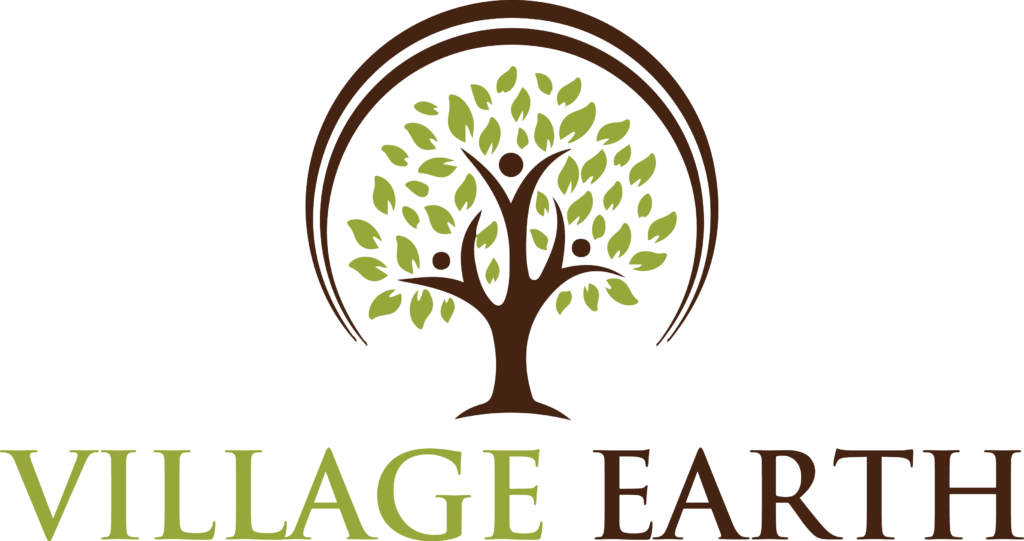Sustainable Food-Systems for US Native Lands: Story Untold
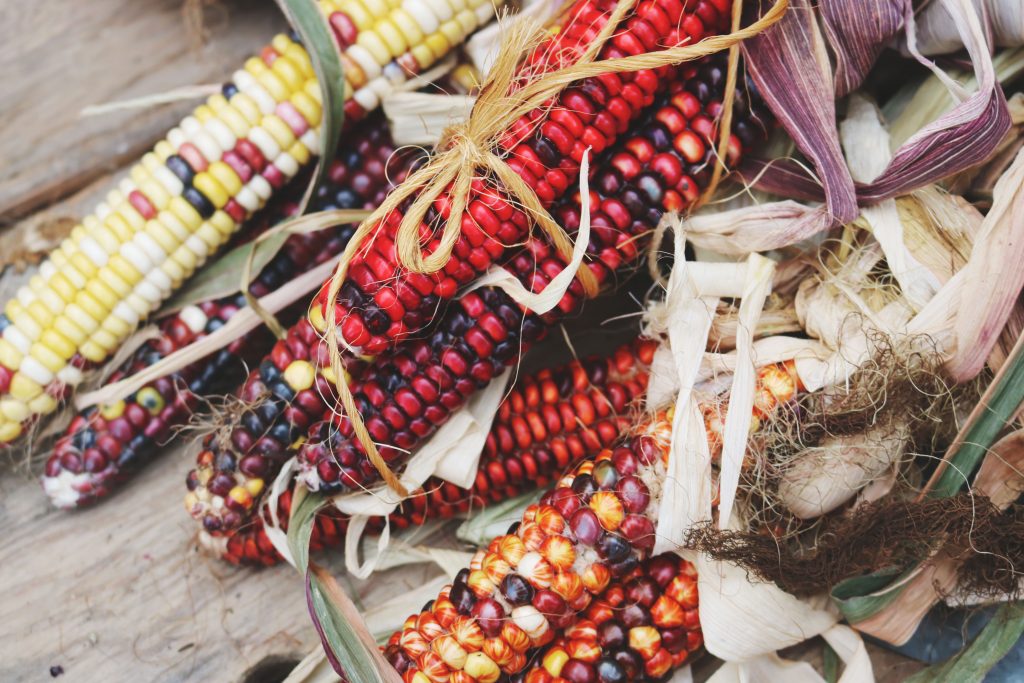
Morrill Act of 1862 Parcel Locator Dashboard

About this Dashboard This data dashboard, developed by the Native Lands Advocacy Project, maps and summarizes parcel data for lands ceded from Native American Tribes and granted to Universities under the 1862 Morrill Act. This data was compiled and made available by High Country News for their March 2020 Feature “Land-grab Universities.” The original source […]
Bison numbers increase a whopping 1031% on Native Lands!
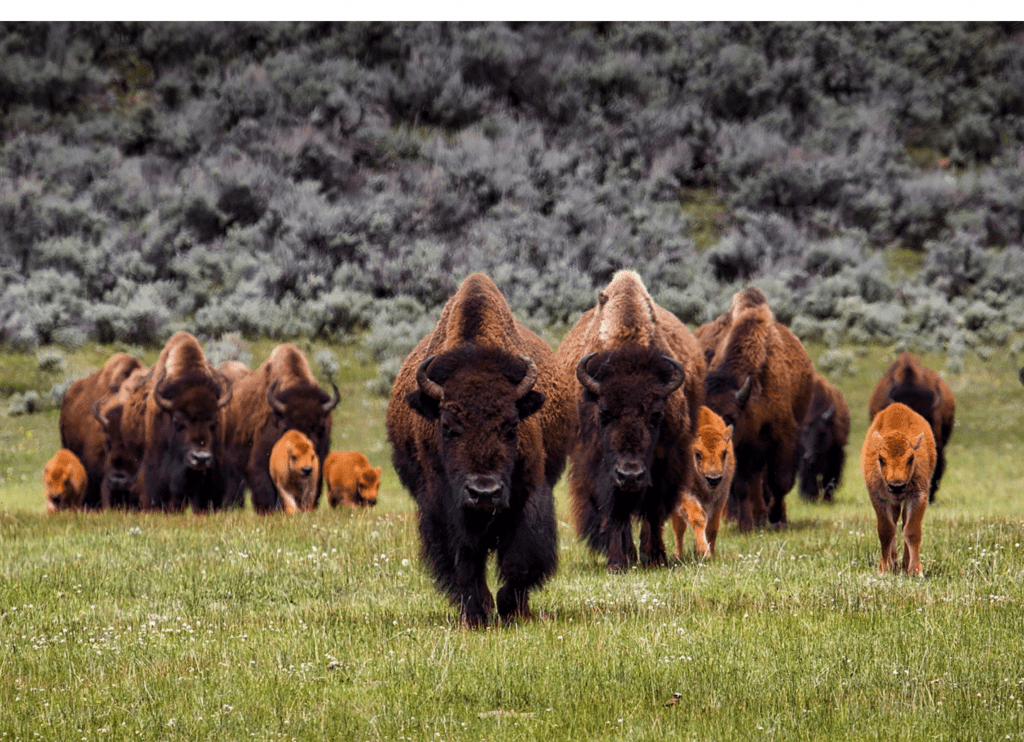
Bison numbers increased by a whopping 1031% between 2012 and 2017 on Native American Lands. This increase far outpaces the increase in the number of bison nationally which was only 13.36%.
This is according to data from Census of Agriculture for American Indian Reservations in a newly compiled data dashboard developed by the Native Land Information System. According to the data, the bison population on native-operated farms increased over 10 fold from 308 to 3486 heads.
Non-Natives Control Majority of Harvested Cropland on Native American Reservations
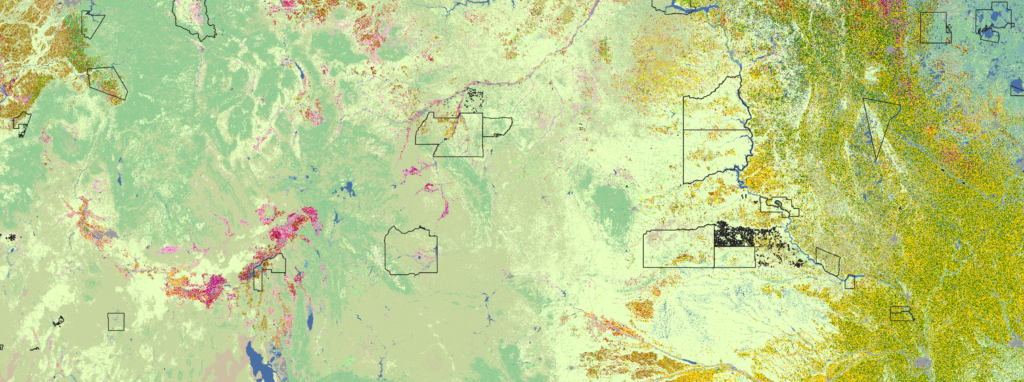
According to the most recent 2017 data from the USDA Census of Agriculture for American Indian Reservations 86.33% of harvested cropland on American Indian Reservations is operated by non-natives. In total, this amounts to 3.3 million acres of land operated by non-natives compared to only 532 thousand acres operated by Native Americans (see chart below). […]
Re-introducing the Lakota Lands Information System
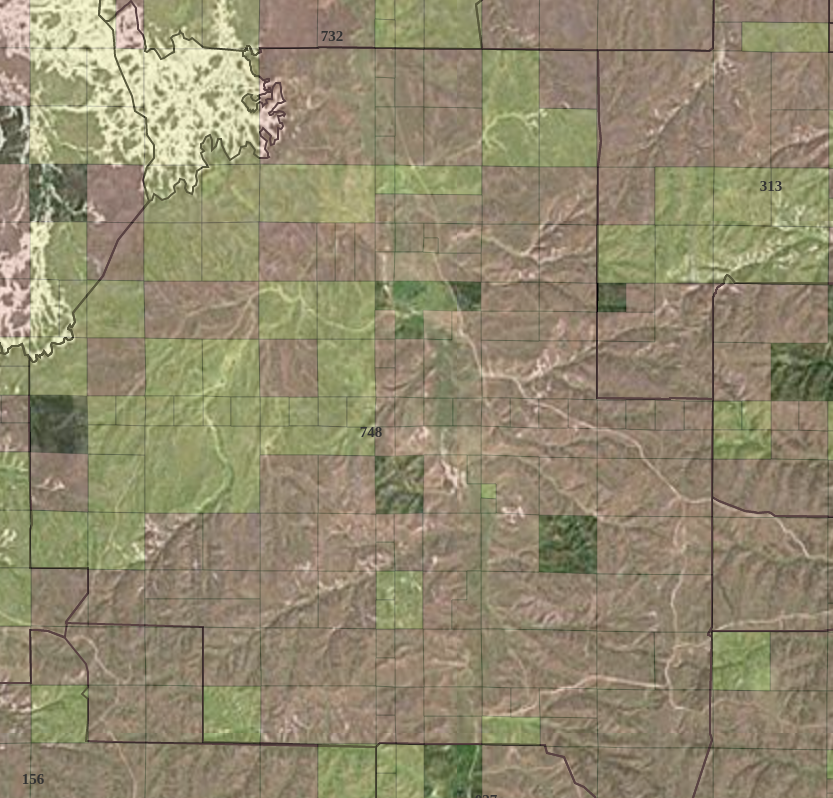
The Pine Ridge Land Information System (PRLIS) is a web-based land information system designed to assist members of the Oglala Sioux Tribe to access information about their lands and resources. The PRLIS was developed Village Earth (a 501(c)(3) not-for-profit in partnership with the Oglala Sioux Tribe Land Office and made possible with support from the Indian Land Tenure Foundation.
NLIS Launches New Interactive Data Visualization of US Hazardous Liquids Spills, Pipelines, and Reservation Lands
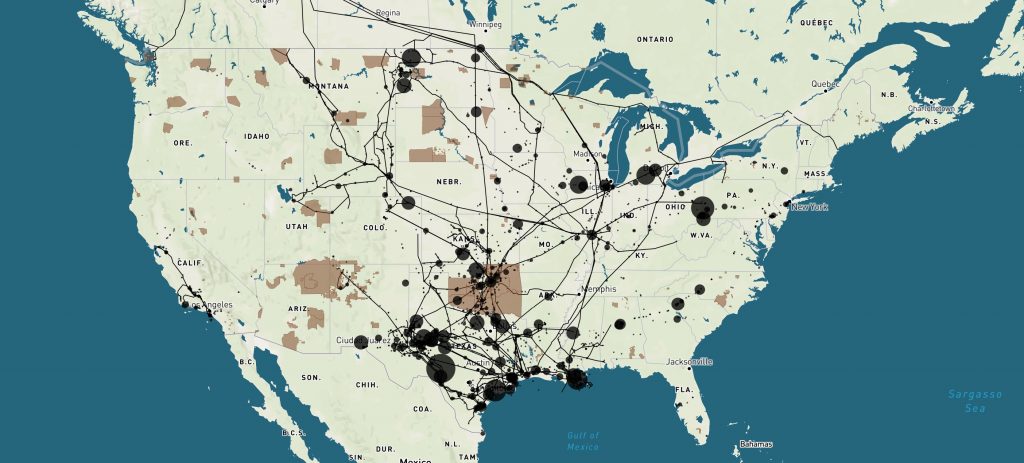
Today, the Native Land Information System launched a new interactive data visualization of US Hazardous Liquids Spills from 2010 to 2020. The viz draws on data from the US Department Transportation’s Pipeline and Hazardous Materials Safety Administration and displays 3,398 separate spills over a 10 year period or an average of 29 spills each month! The tool […]
The General Allotment Act of 1887 Crippled Native Agriculture for Generations
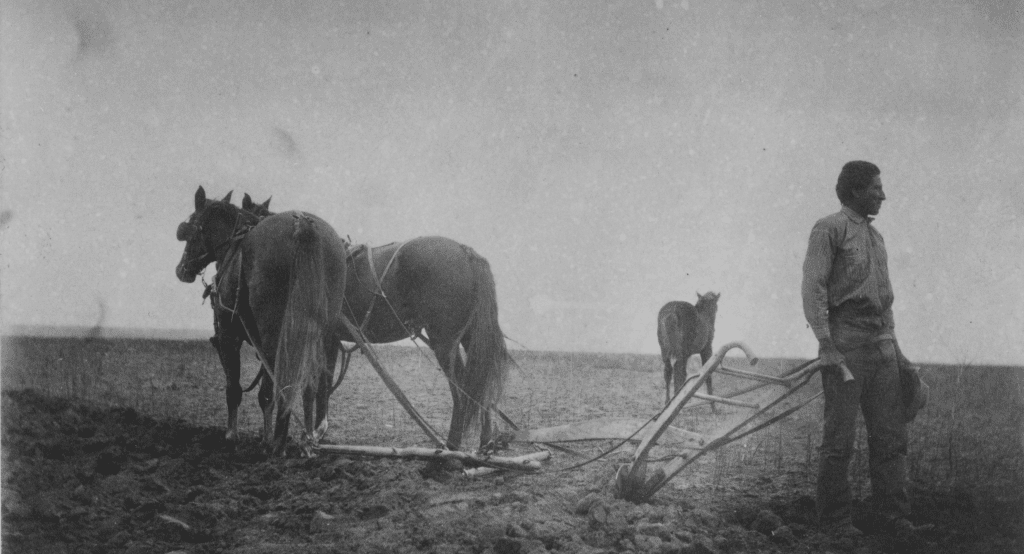
Today, the US Bureau of Indian Affairs (BIA) holds 66 million acres of lands in trust for various Indian tribes and individuals. Approximately 46 million acres (69%) of this land is used for farming and grazing by livestock and game animals. However, Native Americans are not the primary beneficiaries of agriculture on their lands. According to the […]
Women’s Representation in Agriculture; Greater Among Native Americans
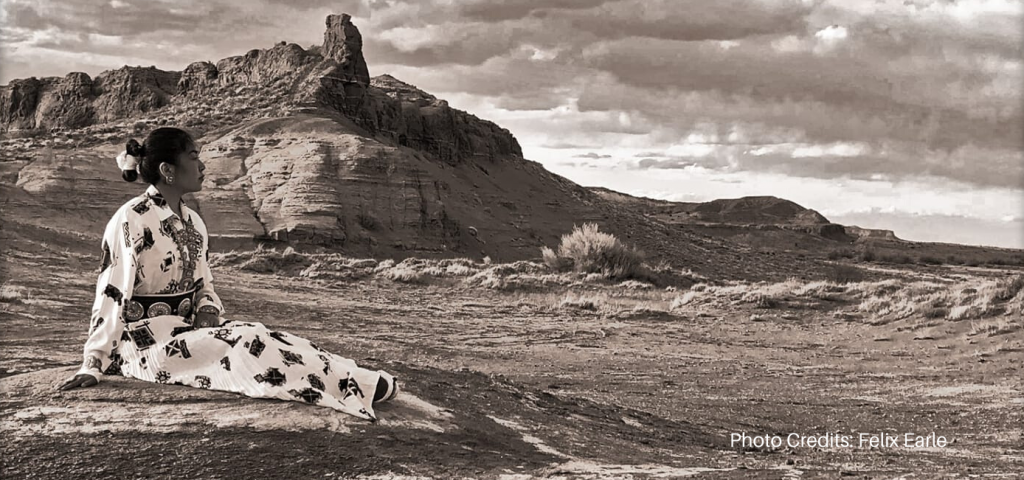
Increasing the proportion of women in agriculture has been a longstanding goal of agencies like USDA, FSA and programs like 4H but these programs may be able to learn a thing or two from Indian Country which has nearly equal participation among men and women. This is according to data collected in the 2017 USDA […]
Non-Natives Control 81% of Harvested Cropland and Capture 74% of Agricultural Revenue on South Dakota Reservations
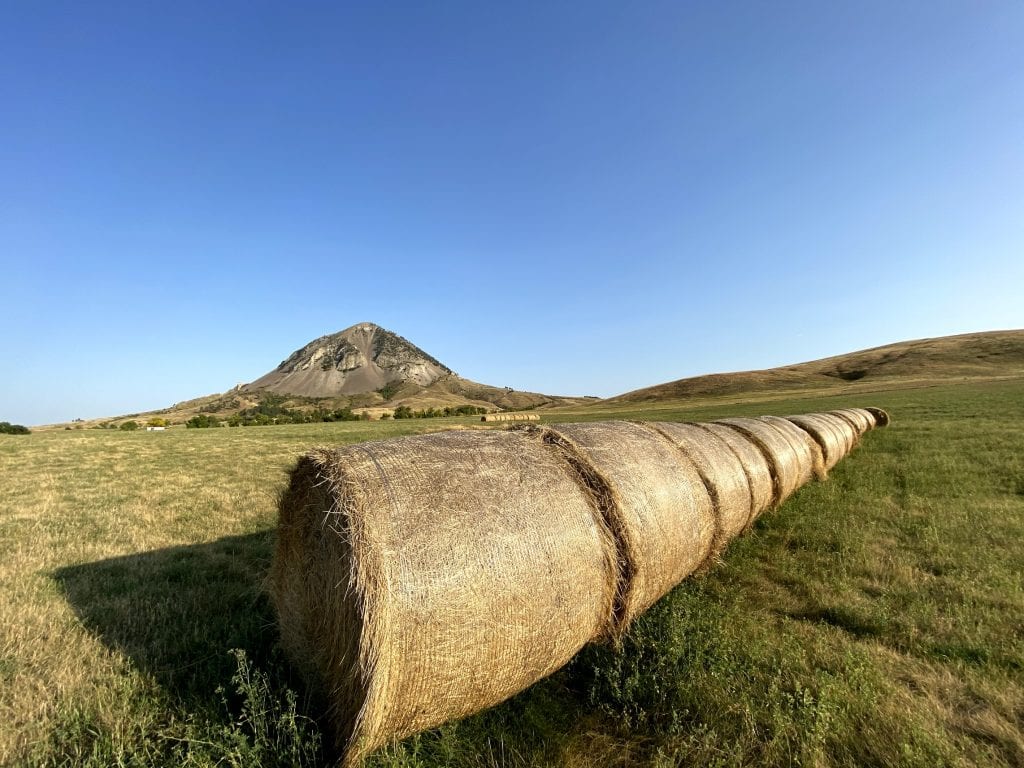
According to the most recent (2017) USDA Census of Agriculture for American Indian reservations, a total of $719 million in agricultural revenue was generated from agricultural production on reservations in South Dakota, yet only 23.87% of that revenue was collected by Native Americans, while non-Native farmers and ranchers collected the rest (76.13%). Additionally, 81.02% of […]
Explore the Top 10 Native Lands of the 2020 Food System Transition Index
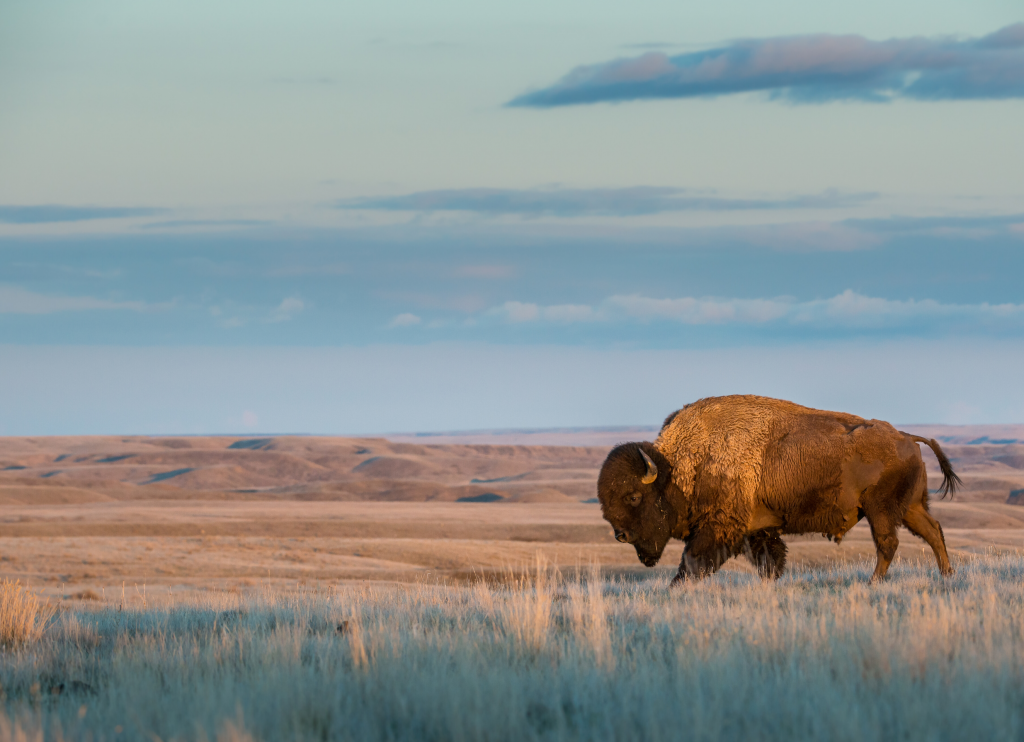
View the Top 10 ranked lands of the Food System Transition Index, a first-of-its-kind tool specifically designed for U.S. Native lands.
FSTI 2020-TOP 10 Native Lands

FSTI Top 10 Native Lands This dashboard showcases the top 10 ranking Native Lands of the Food-System Transition Index 2020. This snapshot gives us insights into the social-demographic, economic and geographic characteristics of each top 10 territory to try to identify patterns that might explain their high ranking. About the Top 10 Dashboard We created […]
Agriculture Revenue from Contemporary US Native Lands
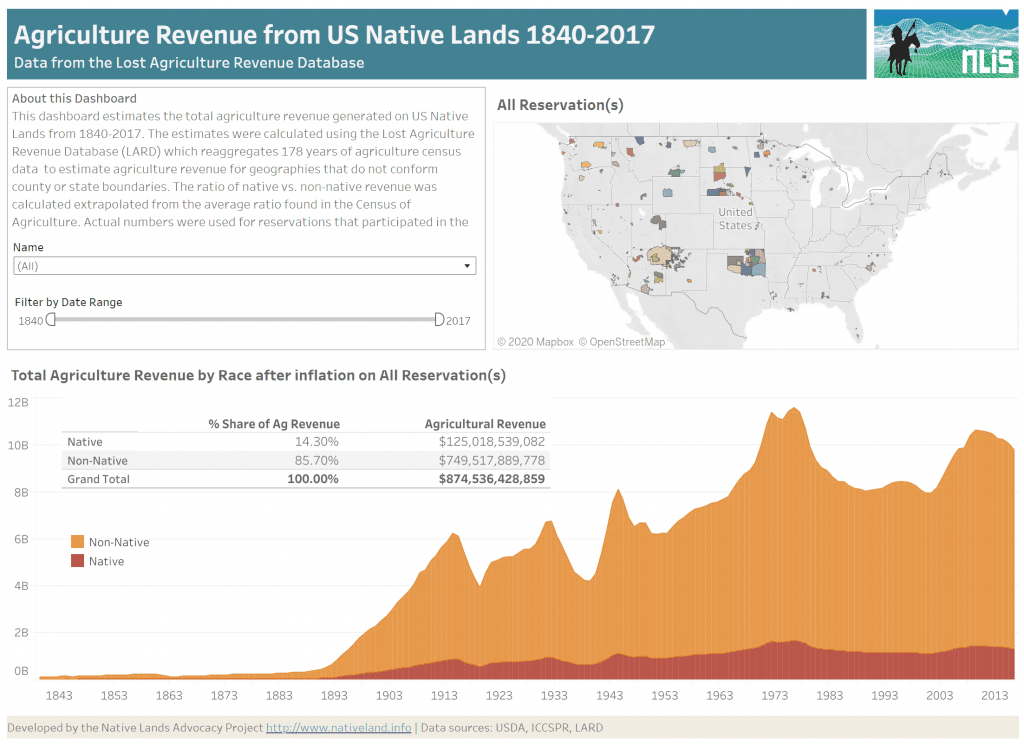
About this Dashboard This data dashboard, developed by the Native Lands Advocacy Project, estimates the agriculture revenue, adjusted for inflation, for all contemporary Native lands within the coterminous United States. Total agricultural revenue can be shown in aggregate for all native lands or filtered for one or more reservation lands. This dashboard also extrapolates the […]

